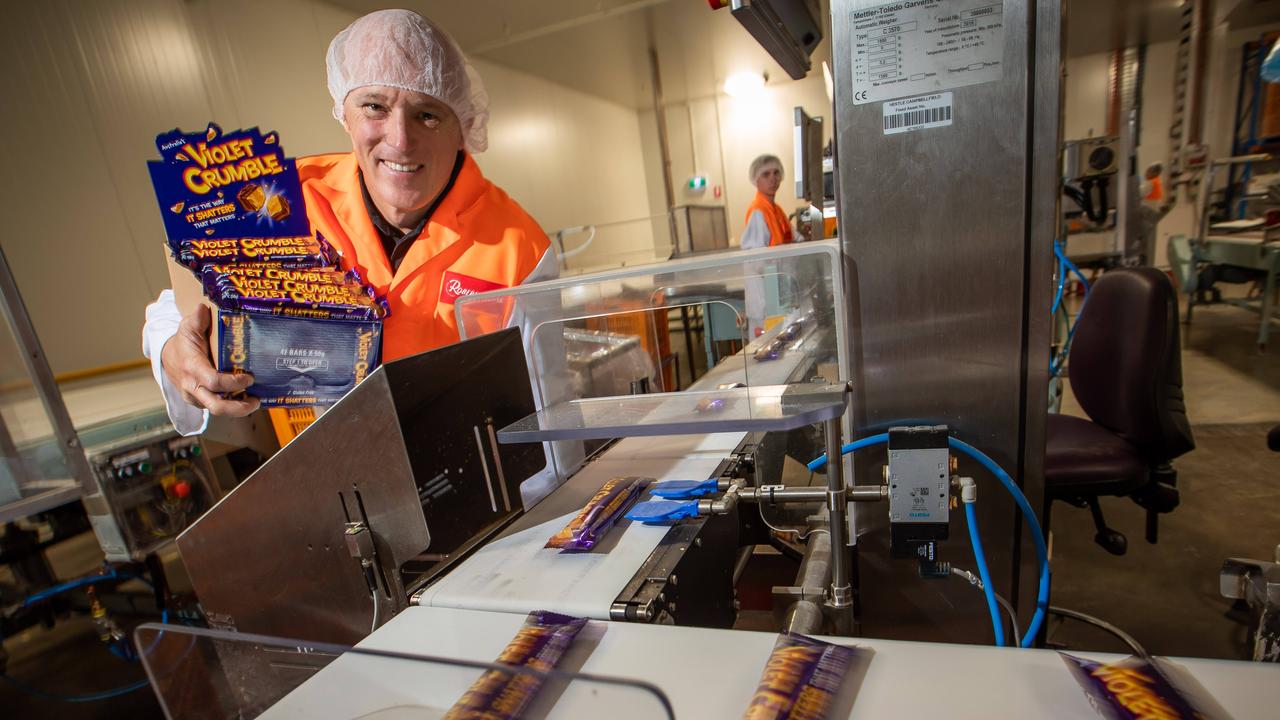McLaren Vale PFAS landfill explainer: Your questions answered
A controversial plan to send PFAS-contaminated solid waste to landfill at McLaren Vale has everyone talking – so should we be concerned?
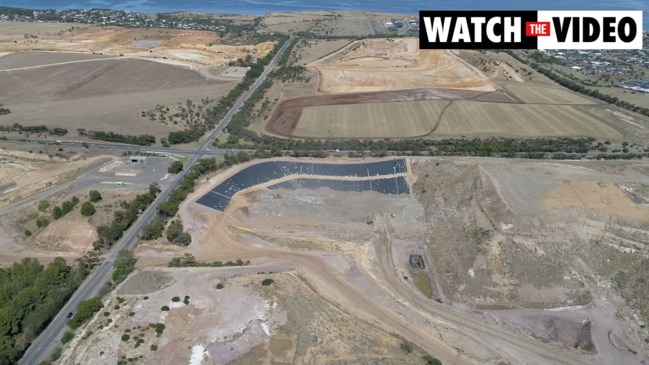
SA News
Don't miss out on the headlines from SA News. Followed categories will be added to My News.
The idea of dumping PFAS-contaminated soil in of South Australia’s favourite wine regions has shocked the community, but the waste depot already accepts other types of contaminated waste and is entitled to apply to the Environment Protection Authority for a licence to accept another. We dig a little deeper into the issues so you can get involved in the conversation.
WHAT IS BEING CONSIDERED?
Southern Waste ResourceCo (SWR) has applied to the EPA to be able to store PFAS-contaminated solid waste in a specialised landfill “cell” at its Southern Waste Depot site, on Tatachilla Road.
The company has been operating at this site since 1993 and currently holds a licence to receive various other types of contaminated waste.
WHAT IS PFAS?
The group of chemicals known as PFAS – per-fluoroalkyl and poly-fluoroalkyl substances – is an emerging contaminant with unknown health effects.
These manufactured chemicals have been used for many different purposes over more than 50 years.
They are water repellent and fire, weather and stain resistant. PFAS and PFAS-like compounds are also used in a range of consumer products, such as non-stick cookware, carpets, stain repellents, clothes and paper and have also been used in firefighting foams and pesticides.
PFAS are not broken down by physical, chemical or biological factors. This creates a problem: PFAS last for a long time in soil, water and products so they are known as persistent organic pollutants.
There are many types of PFAS. The most common types that affect the general population in Australia, are perfluorooctane sulfonate (PFOS) and perfluorooctanoic acid (PFOA).
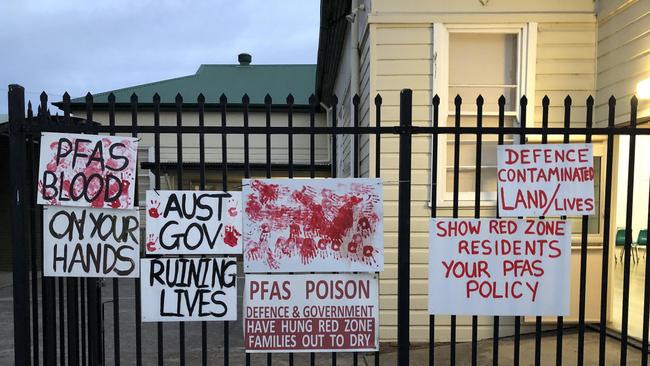
WHAT ARE THE RISKS?
PFAS is highly soluble and readily dissolves in water. The main concern at this site is whether PFAS could leach from the soil into the groundwater (bore water) and move long distances.
PFAS can also flow into creeks, rivers and lakes. There it can become part of the food chain, being transferred from animals to other animals or to humans.
The human body can only get rid of PFAS slowly and this can result in a build-up of PFAS in the body.
Because of the widespread use and persistence of PFAS in the environment, a blood test will show that all people in Australia will have some PFAS (most commonly PFOS) in their body.
An Expert Health Panel for PFAS, established to advise the Australian Government on the potential health impacts associated with PFAS exposure and to identify priority areas for further research, published its findings in 2018.
As University of Adelaide senior lecturer in pharmacology, Dr Ian Musgrave, explains, the panel concluded “there is mostly limited or no evidence for PFAS having any link with human disease”.
“Though they noted even though the evidence for PFAS exposure and links to health effects is very weak and inconsistent, health effects for people exposed to PFAS cannot be ruled out based on the current evidence,” he said.
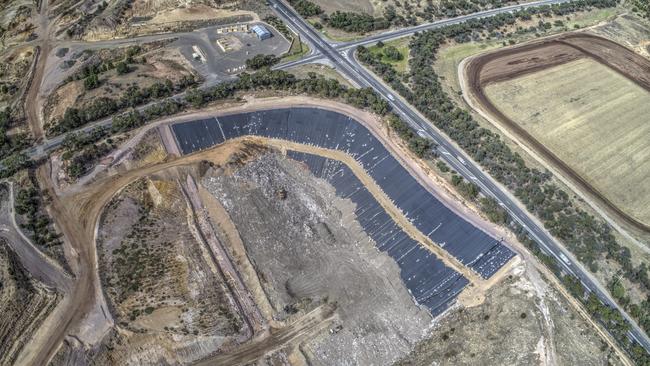
HOW WILL THE RISKS BE MANAGED?
The Tatachilla Road facility has constructed a double composite lined disposal cell in order to receive contaminated waste.
SWR says the technology provides a superior level of security and safeguards the environment and, importantly, prevents any contamination of groundwater.
The lining system in the landfill cell consists of four layers of protective barriers to prevent the infiltration of leachate into groundwater. From the base layer to the top, this comprises a 1-metre thick compacted clay liner, then a 2-mm geomembrane made of high density polyethylene plastic, a geosynthetic clay liner, and a 2-mm geomembrane made of high-density polyethylene plastic.
In between these layers are the primary and secondary leachate collection layers, both of which are composed of a grid of plastic pipes or geosynthetic drainage systems that collect all leachate generated from the waste. Leachate is generated when rain lands on the waste within the landfill and infiltrates down through the waste mass. The leachate system built inside landfill cells is designed and engineered to prevent the dispersion of leachate to the environment. At all landfills, leachate is recovered and tested for the presence of certain chemicals and in this instance any PFAS that has made its way into the first leachate collection layer can be detected then.
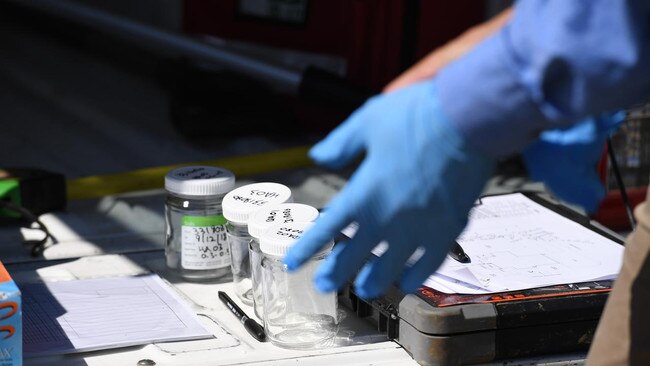
BUT WHAT IF SOMETHING GOES WRONG?
At Flinders University, scientists at the National Centre for Groundwater Research and Training were engaged to examine the potential for offsite contamination in the event of a catastrophic failure of both engineering and regulatory measures.
Beneath the surface, groundwater flows through various different structures, from pores and cracks in the earth to underwater streams and lakes. Flow is not always straight out to sea.
There are four main aquifers in the region: The unconfined Quaternary aquifer, the semi-confined Port Willunga Formation aquifer, the unconfined-confined Maslin Sands aquifer, and a fractured basement rock aquifer within the Proterozoic bedrock.
The Port Willunga Formation is the one used extensively for groundwater extraction by the wine industry and other primary producers in the Willunga Basin. However Flinders University research confirms that is not present at the SWR site.
The EPA says that “in the highly improbable worst-case scenario of the landfill suffering a catastrophic failure, the modelling shows that PFAS contamination is unlikely to reach Gulf St Vincent, and this assumes no management measures were taken to stop it over a five-year period”.
“If management measures are taken within one year of the catastrophic event, then Gulf St Vincent is no longer a potential receptor. The modelling assumptions are by design conservative and almost certainly over-estimate the area that may be impacted and over predict the concentrations.”
So PFAS would only reach the sea if the leak was not detected for five years and if it went undetected for longer, it still would not travel so far east as to impact the vineyards in the region.
However the report also says it is “extremely difficult” to predict groundwater transport because flow direction varies across the site. If PFAS leaked from the landfill it would be “likely” to enter the groundwater because it is relatively close to the surface.
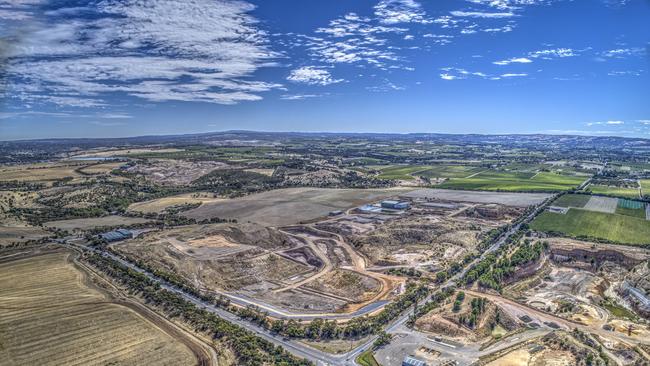
IS IT TRUE THAT SWR HAVE BREACHED THEIR LICENCE ON PREVIOUS OCCASIONS? WHAT HAPPENED?
The current SWC licence (32682) to operate the landfill at McLaren Vale was issued on August 1, 2011.
SWR has complied with their licence requirements, except on two occasions when the EPA issued Environment Protection Orders (EPOs):
EPO 33631 was issued on 16/09/2014 for failure to comply with a licence condition (failure to comply with waste storage management – condition 67 – 1404).
This order was issued as SWR failed to ensure that mixed wastes were being stored under cover in accordance with conditions of their licence between 2 July and 9 September 2014. The company has since complied.
EPO 32190 was issued on 23/08/2013 for failure to comply with a licence condition (failure to apply daily cover to all waste and applying waste not approved by the EPA – condition 67-1341). This order was issued as SWR failed to cover exposed waste on the lined waste disposal cell before the close of each day’s operation in accordance with the conditions of its licence. SWR has since been granted approval to use an Alternative Daily Cover at its facility.
WHAT HAPPENS TO PFAS WASTE NOW?
Currently, PFAS contaminated waste is stored on site, with nowhere else to go in SA. But some states have PFAS landfill sites.
WHAT HAPPENS NEXT?
The application will not be approved unless SWR can demonstrate that it can meet the very stringent PFAS disposal criteria in the PFAS National Environment Management Plan 2.0, which has been endorsed by all states, territories and the Australian Government.
The application must also fulfil EPA landfill disposal criteria for PFAS-contaminated waste and environmental management of landfill facilities for solid waste disposal.
SA guidelines stipulate that the maximum concentration of PFAS in waste must be limited to 50 milligrams per kilogram (mg/kg) of PFAS-contaminated dry waste.
The EPA does not permit firefighting foams or liquids contaminated with PFAS to be disposed of at any South Australian landfill.
The EPA says it “cannot approve any application that poses unacceptable risk to public health or the environment”.
The EPA board will decide on the fate of the application within weeks.




